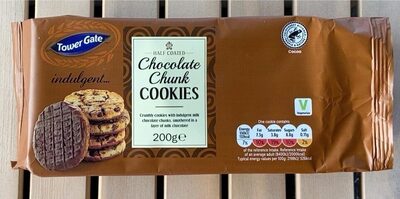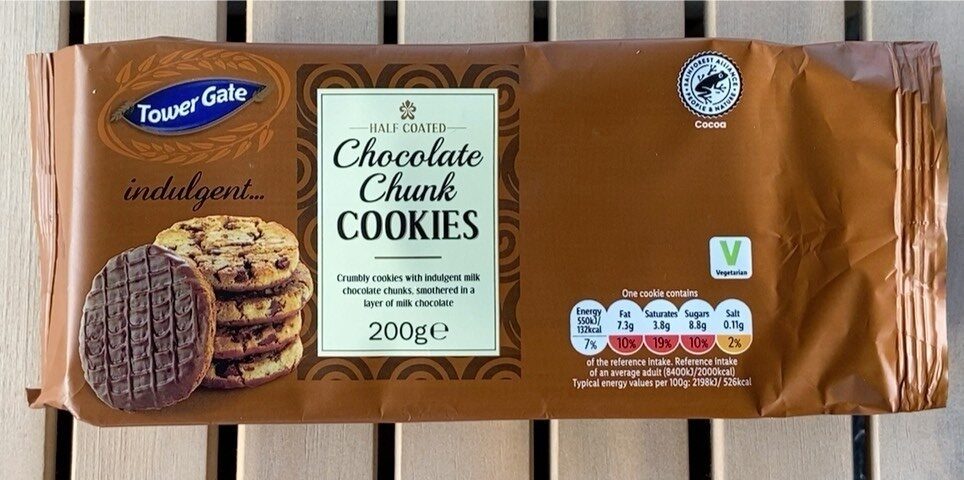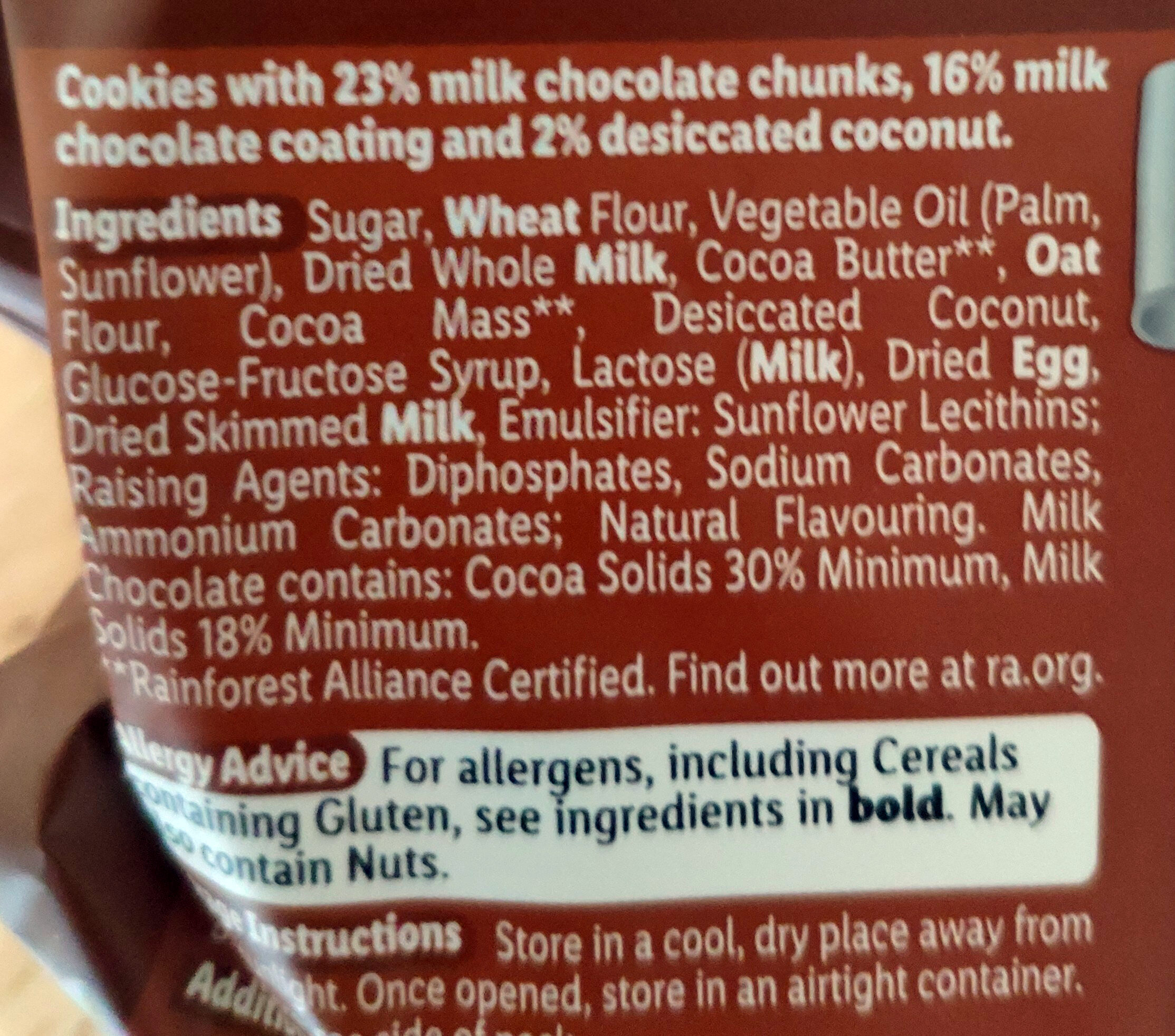Chocolate Chunk Cookies - Tower Gate - 200 g
This product page is not complete. You can help to complete it by editing it and adding more data from the photos we have, or by taking more photos using the app for Android or iPhone/iPad. Thank you!
×
Barcode: 4056489542957 (EAN / EAN-13)
Ainm coitianta: Cookies with milk chocolate chunks, milk chocolate coating and desiccated coconut
Quantity: 200 g
Brandaí: Tower Gate
Catagóirí: en:Snacks, en:Sweet snacks, en:Biscuits and cakes, Briosca, en:Chocolate biscuits, en:Drop cookies, en:Chocolate chip cookies
Labels, certifications, awards:
en:Vegetarian, en:Rainforest Alliance
Siopaí: Lidl
Country: Poblacht na hÉireann, An Ríocht Aontaithe
Matching with your preferences
Report a problem
Data sources
Product added on ag kiliweb
Last edit of product page on ag alia.
Product page also edited by openfoodfacts-contributors, roboto-app, yuka.sY2b0xO6T85zoF3NwEKvllVuQtjTkm_4OE3TqFa56c6cP62yX91pz5OgIas.













